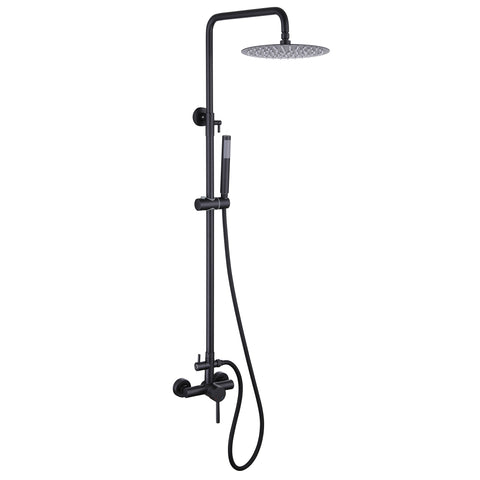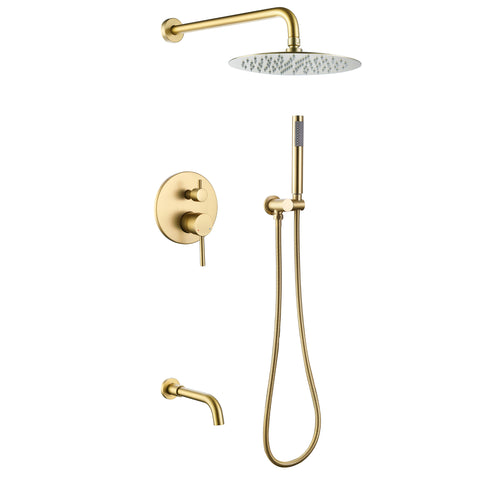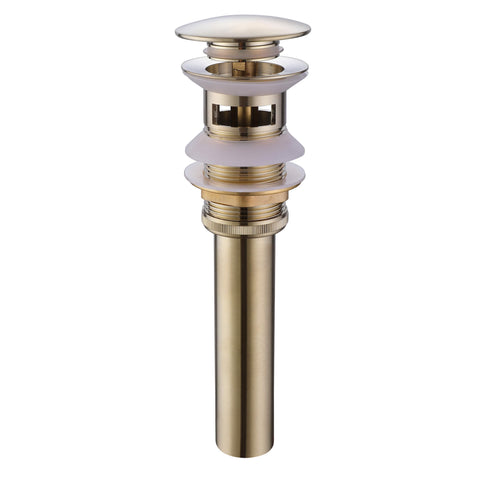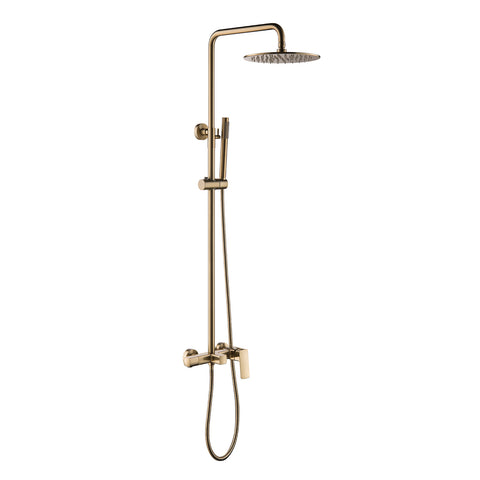How to Fix a Noisy Faucet: Quick DIY Solutions
We've all experienced that annoying, persistent dripping sound coming from a faucet. It can be maddening, especially when you're trying to concentrate or get a good night's sleep. But fear not! In this blog post, we'll explore some common reasons behind a noisy faucet and provide you with simple solutions to fix the problem. So grab your toolkit, roll up your sleeves, and let's get started on silencing that pesky drip!
Identify the Source of the Noise
Before you can fix a noisy faucet, it's essential to determine the root cause. Common culprits include:
- Loose Faucet Handle: Vibrations can cause a rattling noise.
- Worn-out Washer: A damaged washer can lead to dripping noises.
- Water Pressure: High pressure can cause banging or knocking sounds (water hammer).
- Loose Pipes: Vibrating pipes connected to the faucet can also produce noise.
Fixing a Loose Faucet Handle
Steps to fix a loose faucet handle:
- Turn off the water supply by closing the main valve.
- Use a screwdriver to tighten the screw or nut securing the handle. Avoid overtightening.
- Turn on the water supply and test for remaining noise.
Replacing a Worn-out Washer
Steps to replace a washer:
- Turn off the water supply.
- Disassemble the faucet by removing the handle and any decorative caps.
- Locate and remove the worn washer at the end of the stem.
- Install a new washer of the same size and type.
- Reassemble the faucet, turn on the water, and check if the noise is gone.
Dealing with Water Pressure Issues
If high water pressure is the cause:
- Install a water pressure regulator to control incoming pressure.
- Consult a plumber for installation or adjustment if needed.
Securing Loose Pipes
To secure loose pipes:
- Locate vibrating pipes connected to the faucet.
- Use pipe clamps or brackets to secure them firmly.
- Turn on the water supply and check if the noise has stopped.
A noisy faucet can be a constant source of irritation, but with a little troubleshooting and some basic repairs, you can silence the drip and enjoy a peaceful environment once again. If you're uncertain or encounter complex issues, don't hesitate to contact a professional plumber. Take control today and bring tranquility back to your home!













